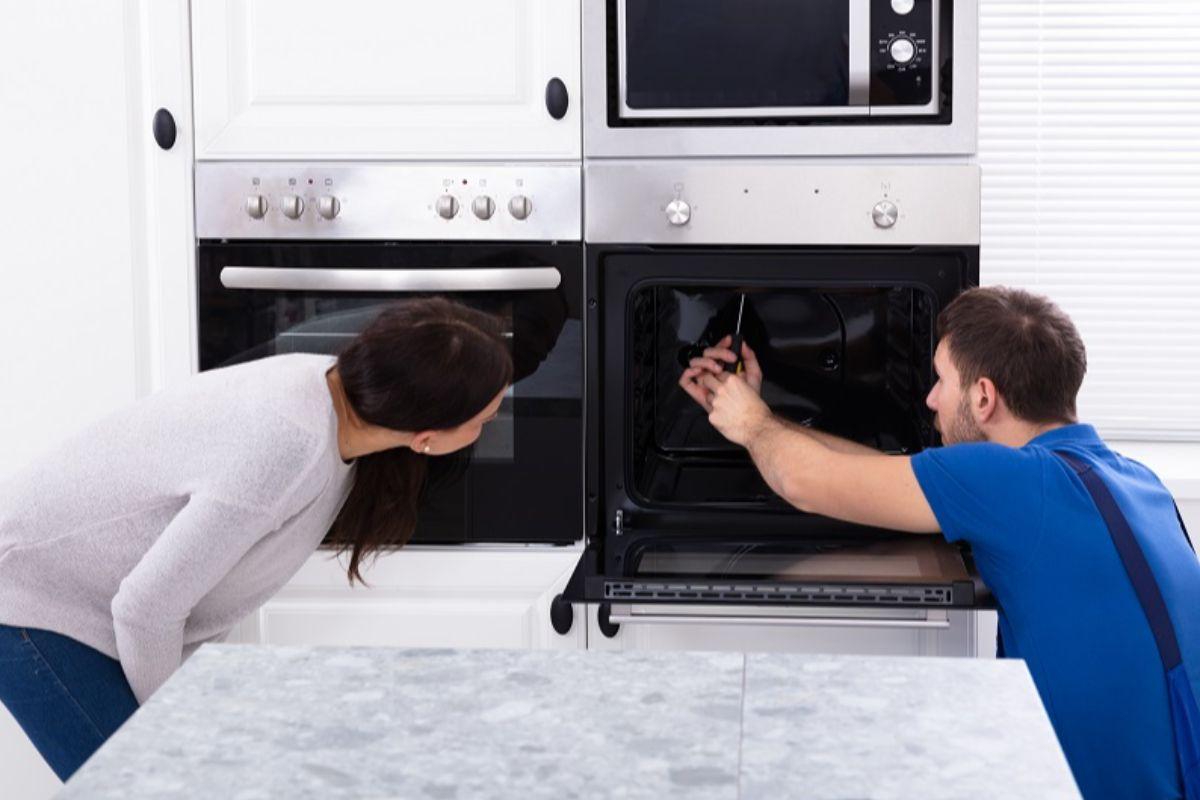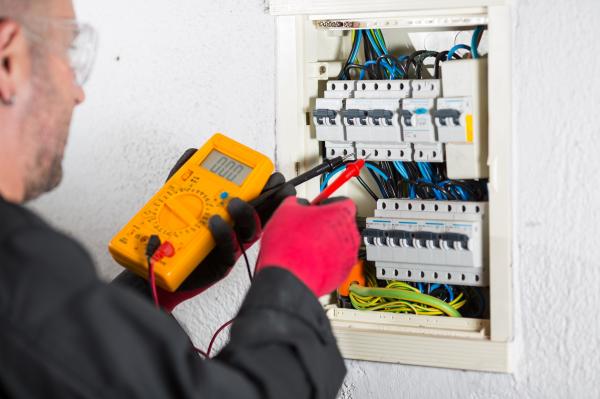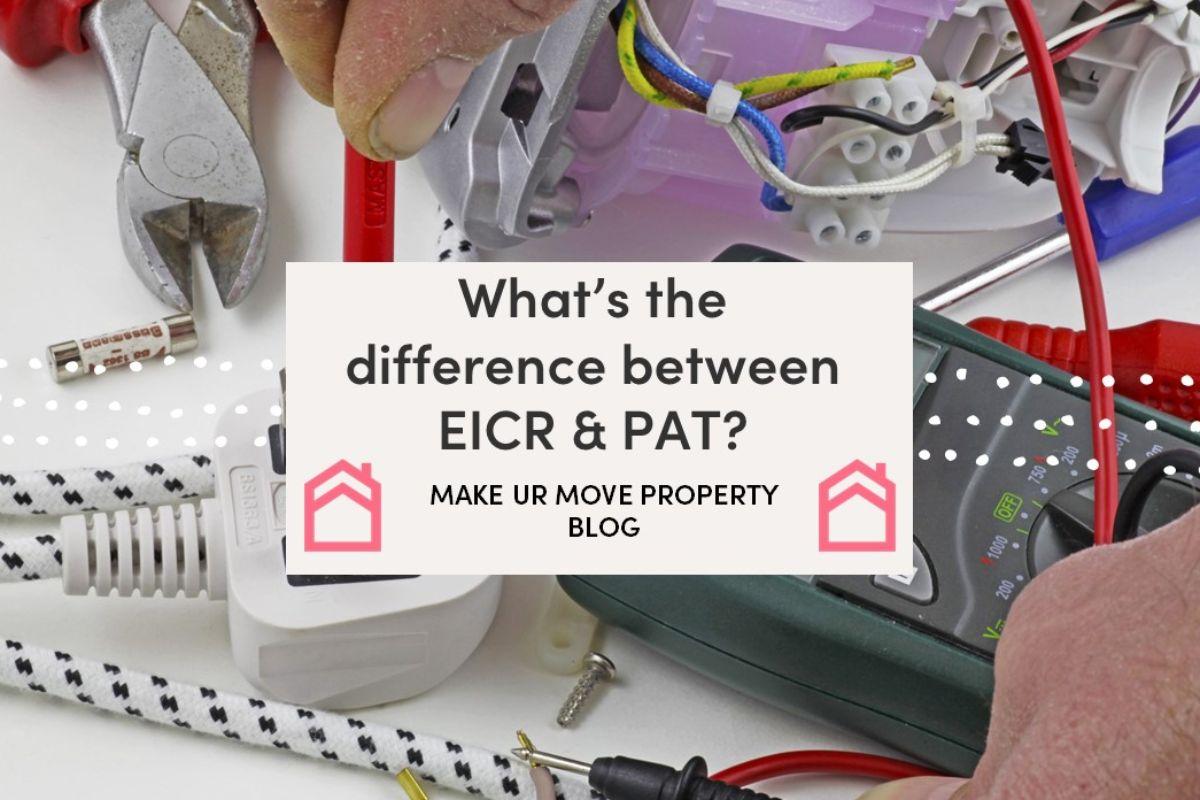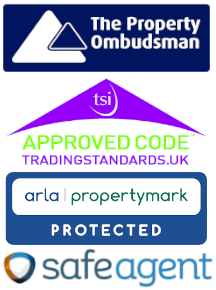As a landlord, you have a legal and moral responsibility to
ensure the safety of your tenants. One of the ways you can do this is by
carrying out portable appliance testing, or PAT testing, on the electrical
appliances in your property. In this blog, we will provide a comprehensive
guide to PAT testing for landlords, covering everything you need to know to
ensure the safety of your tenants and protect yourself from liability.

What is PAT testing?
Portable appliance testing (PAT) is the process of checking
electrical appliances to make sure they are safe for use. It involves a visual
inspection of the appliance as well as a series of tests using specialist
equipment to check for any defects or faults.
Is PAT testing a legal requirement?
The UK Health and Safety
Executive (HSE) does not specify that PAT testing is a legal requirement
for landlords or any other individuals or organizations. However, the HSE does
state that the Electricity
at Work Regulations 1989 requires that electrical systems, including
portable appliances, are maintained in a safe condition. PAT testing is one way
to ensure that electrical appliances are safe to use.
In addition, while there is no legal requirement for PAT
testing, some insurance companies may require landlords to carry out regular
PAT testing as part of their insurance policy. Landlords should check their
insurance policy to see if PAT testing is a requirement.
Overall, while PAT testing is not legally required, it is
considered good practice to carry out regular testing to ensure the safety of
tenants and to protect against potential liability.
Which Appliances Need to be Tested?
Any electrical appliance that is supplied with the property
and is likely to be used by tenants should be tested. This includes appliances
such as kettles, toasters, microwaves, and vacuum cleaners. It also includes
appliances that are provided as part of furnished accommodation, such as TVs
and DVD players.
How Often Should Appliances be Tested?
The frequency of testing will depend on the type of
appliance and how often it is used. As a rule, appliances should be tested at
least once a year, although some appliances may need to be tested more frequently.
Your PAT testing engineer will be able to advise you on the appropriate testing
frequency for each appliance.
Who Can Carry Out PAT Testing?
PAT testing should only be carried out by a qualified and
competent engineer. When choosing a PAT testing engineer, make sure they are
appropriately qualified and have the necessary equipment and experience to
carry out the tests. If you use a property management company such as MakeUrMove they will be able to assist
you with how you can arrange this.
What Happens During a PAT Test?
During a PAT test, the engineer will carry out a visual
inspection of the appliance to check for any obvious signs of damage or wear
and tear. They will then carry out a series of tests using specialist equipment
to check for any electrical faults or defects. After the tests are completed,
the engineer will provide a report on the condition of each appliance and any
actions that need to be taken.
What Should Landlords Do with the PAT Testing Report?
If the PAT testing report identifies any faults or defects,
it is important to take action to address them promptly. This may involve
repairing or replacing the appliance. Landlords should keep a record of the
testing and any actions taken as evidence that they have taken appropriate
steps to ensure the safety of their tenants.
PAT testing is an important safety measure that landlords
can take to ensure the electrical appliances in their properties are safe for
use by their tenants. Landlords should ensure that appliances are tested at
least once a year by a qualified and competent engineer, and take appropriate
action to address any faults or defects identified in the testing report. By
doing so, you can ensure the safety of your tenants and protect yourself from
liability.
To learn more about how we can help you – get in touch today.






